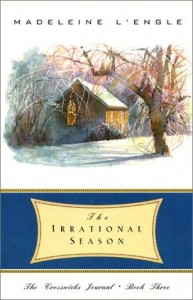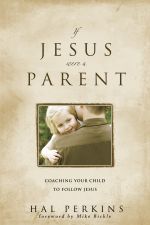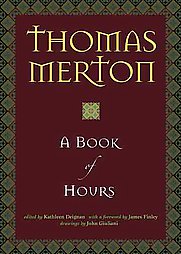Walking on Water
 Madeleine L’Engle’s Walking on Water: Reflections on Faith and Art is an extended meditation on the nature of the creative process, the purpose of art, and the significance of an artist’s faith. The short answer is that the artistic process is essentially careful listening, the purpose of art is to tell the truth, and an artist’s faith is what enables him to transcend the boundaries of conscious control and get a glimpse of a larger reality.
Madeleine L’Engle’s Walking on Water: Reflections on Faith and Art is an extended meditation on the nature of the creative process, the purpose of art, and the significance of an artist’s faith. The short answer is that the artistic process is essentially careful listening, the purpose of art is to tell the truth, and an artist’s faith is what enables him to transcend the boundaries of conscious control and get a glimpse of a larger reality.
L’Engle uses Leonard Bernstein’s definition of art as “cosmos in chaos” as a reference point throughout her discussion. An artist is a world-maker, one who acknowledges the fractures and confusion of a fallen world but highlights order and meaning by creating a microcosm where these aspects of experience are more clear. L’Engle’s is a romantic notion of art totally within the boundaries outlined by Wordsworth and Coleridge. Coleridge spoke of the imagination as a power that breaks down sense experience and enables the poet to tap into a reality beyond; Wordsworth spoke of “seeing into the life of things,” and of a poem as a plant that grows organically. In neither case does the artist create out of nothing; his role is to listen carefully, and “look steadily at his subject” as Wordsworth put it, describing what he sees with his greater power of vision and imagination.
L’Engle’s view of art and the artist is essentially the same. But she is a Christian who believes not just in an impersonal creative force, but in a personal God who cares about us to the point of numbering the hairs on our head. This charges the artistic process with a relational quality missing from the romantics. Faith for L’Engle is not merely “willing suspension of disbelief” as it is for Coleridge; it is positive belief that, in words L’Engle quotes from Julian of Norwich, “All shall be well, and all shall be well, and all manner of thing shall be well.” This means not necessarily that every book will have a happy ending, but that art will manifest a vision where even pain and loss reflect a loving purpose.
What I liked about this book is the way it puts to rest the notion that an artist can’t be concerned with issues of literary criticism. There’s a myth out there that literary creation has nothing to do with the literary analysis practiced in English departments. But this book is permeated with the questions of literary criticism: what is art? what is a poem? how is it generated? how do we take its measure? While it’s true that when taken to an extreme, analytical thought can “murder to dissect” (Wordsworth), I believe any artist serious about their craft grapples with these questions.
There is a good balance between discipline and inspiration throughout. Inspiration is vital, but an artist can’t just sit all day waiting for a thunderbolt of vision to strike. The daily discipline of writing even when the Muse seems absent (or doing finger exercises at the piano, or praying when it seems dry, or…) is equally essential for L’Engle.
I also liked the way she discusses faith, specifically her use of Anglican theologian H.A. Williams’ idea that “the opposite of sin can only be faith, and never virtue.” Think about that. The fall consisted of breaking faith with God; it was a rupture in humanity’s dependence on God for life of the spirit and the body, and a striking out on our own to create our own private world. There is no virtue apart from God. But we can — and in art certainly the Christian artist can — seek to live by faith, and in this way re-connect with the original unity between Creator and creation.
At the personal level this is an important insight. It’s not by seeking to control ourselves and manifest a life of virtue that we can be reunited with God, because, as L’Engle points out, we can only control the part of ourselves that we know. God knows the whole unconscious iceberg. It’s in entrusting ourselves to him by faith that the possibility of virtue, and of a cooperative engagement in a purpose larger than we can perceive ourselves, becomes possible. For an artist — and to read L’Engle is to think of all humans as artists — this means the possibility of seeing “cosmos in chaos.”
This is the second time I’ve read this book. Much of the content here repeats what L’Engle says in The Irrational Season, which I really loved. I’m not sure why I could appreciate this material more in that context. Maybe it’s because I’m still not comfortable with the organization of Walking on Water. The Irrational Season followed the cycle of the church year; I think Walking on Water proceeds in a spiral fashion, which I should feel at home with since I’ve been told I do it as well. Maybe I wasn’t reading attentively enough, or maybe L’Engle needed to provide more signals to indicate the relationships between her ideas, because I couldn’t really see where all of this was headed until I was nearing the end.


